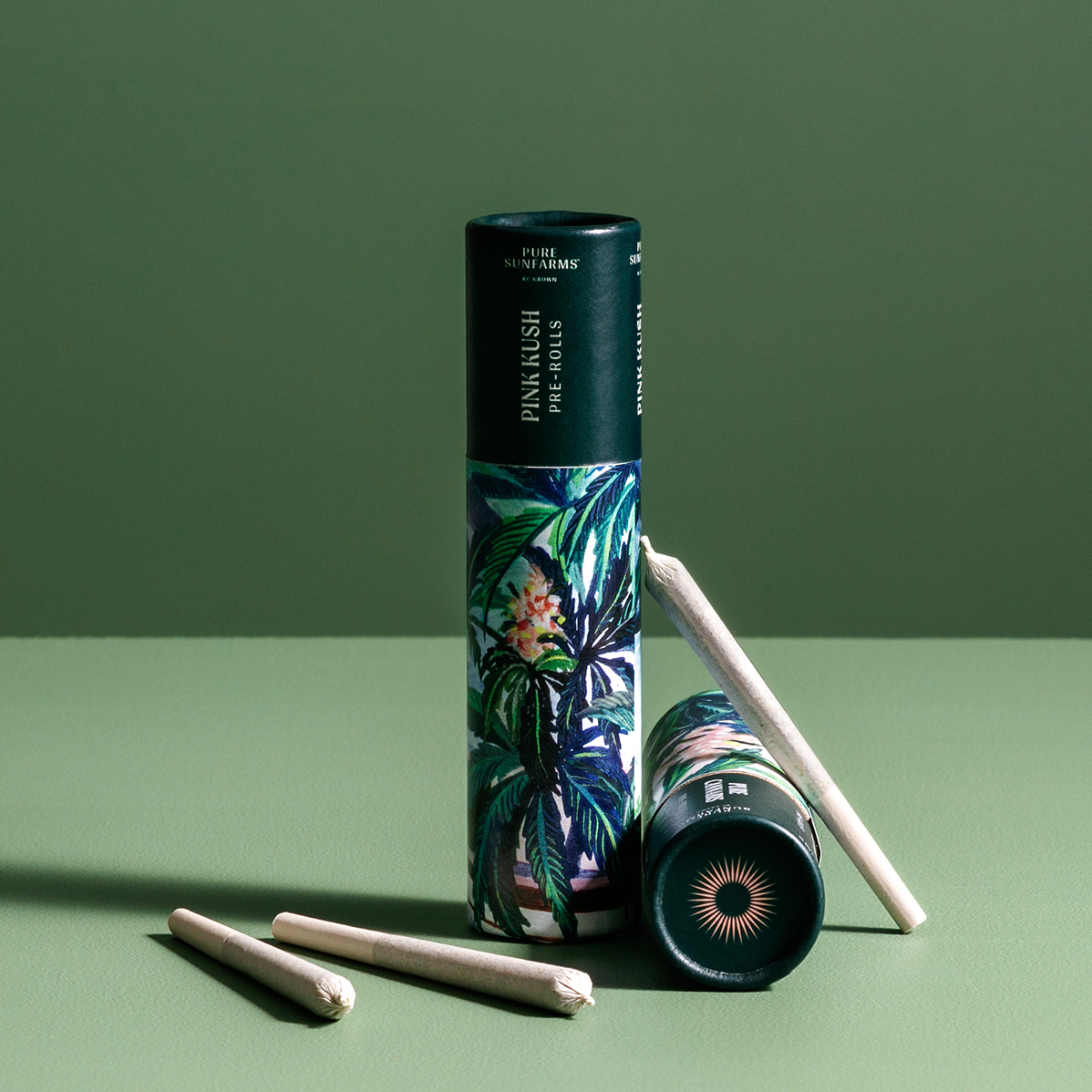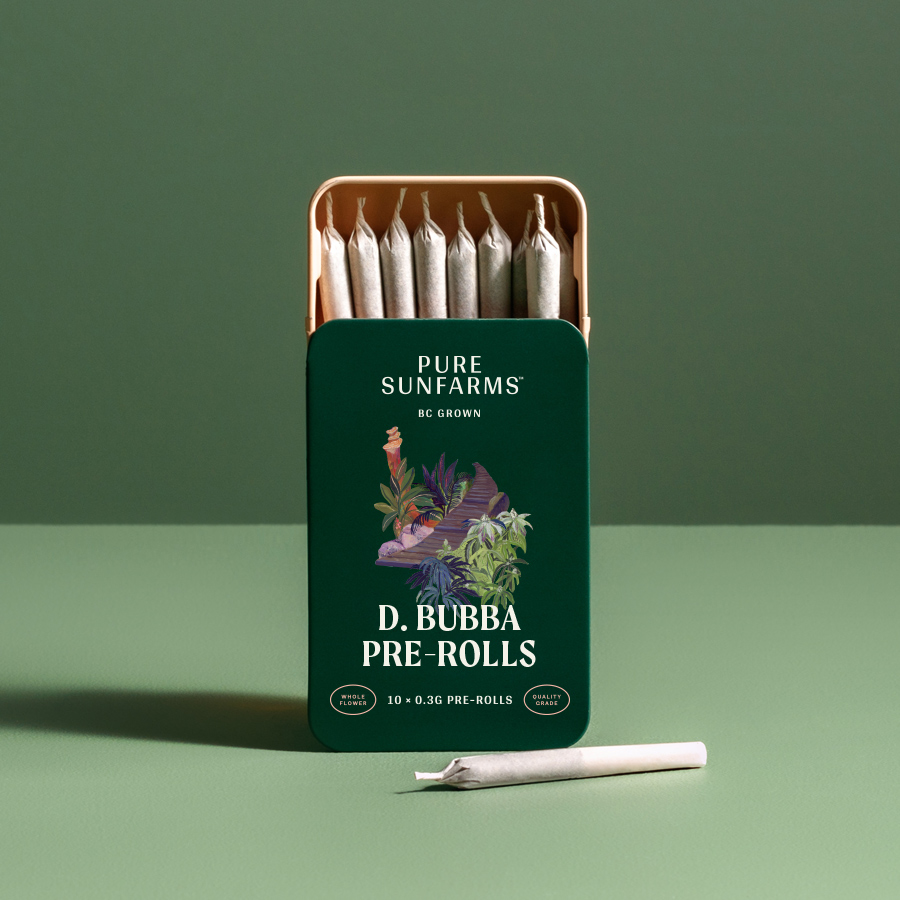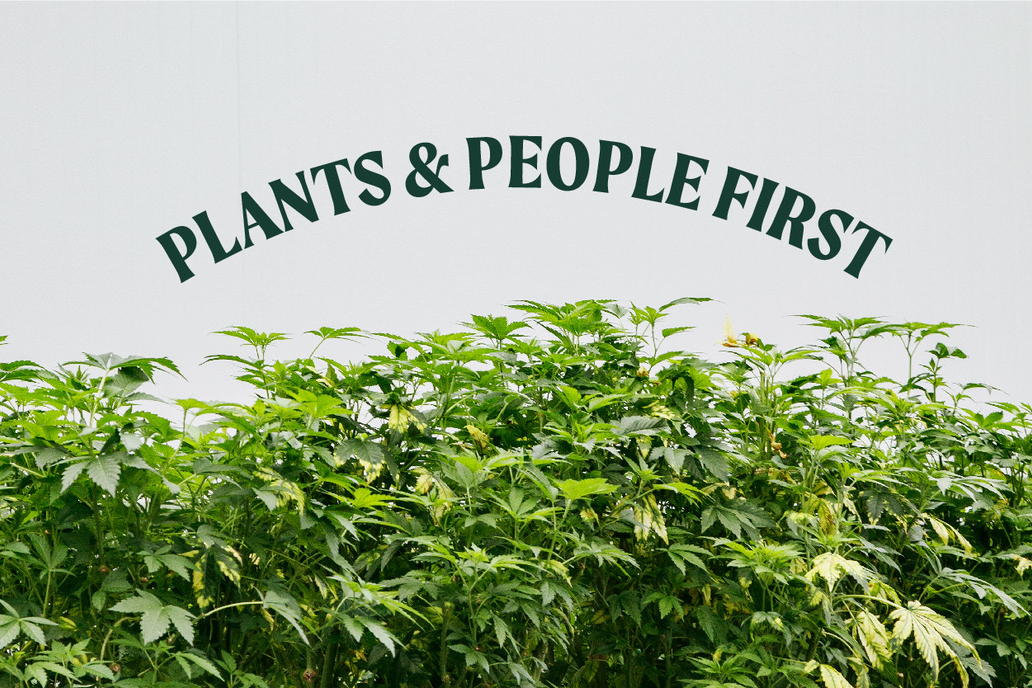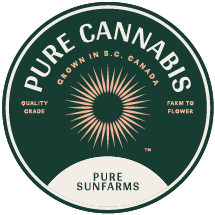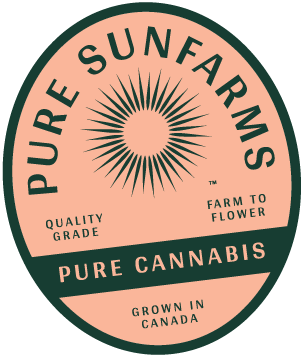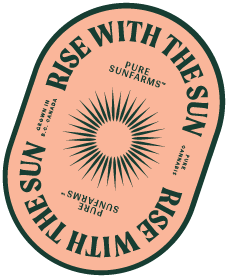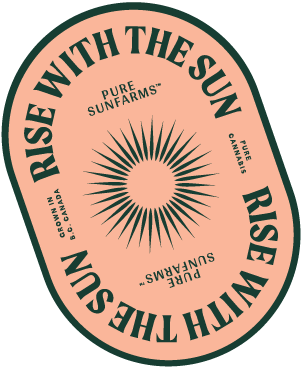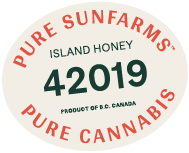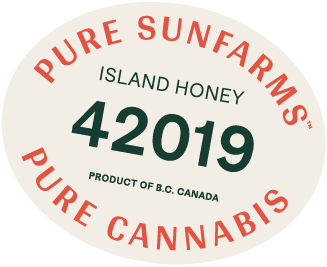What you need to know when choosing a cannabis pre-roll
Doobie. Reefer. Bifter. J-bone. These are just some of the many colourful slang terms for a cylinder of rolled cannabis, more commonly known as a joint.
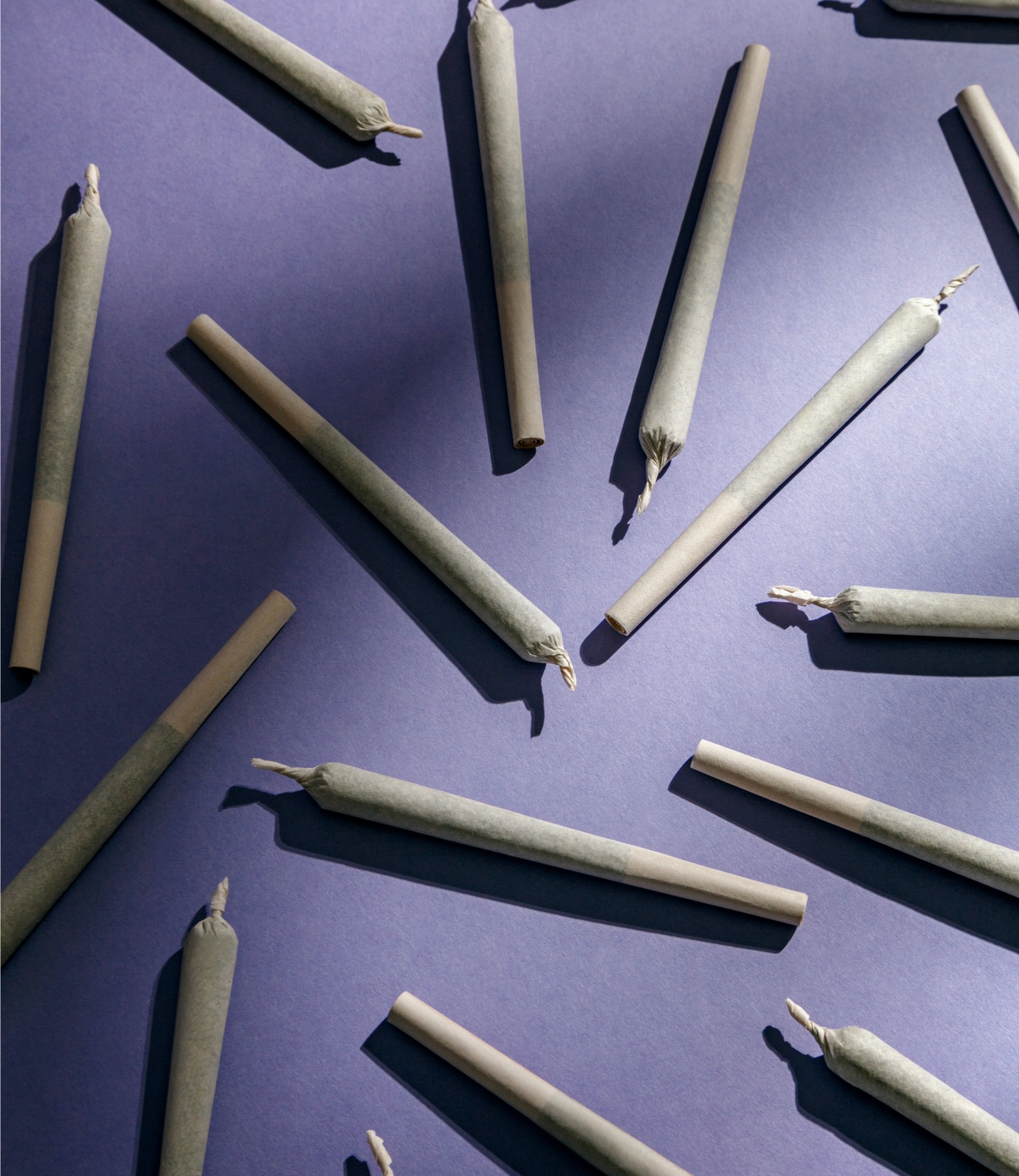
Emerging as the inhalation method of choice in the early 20th century (after stealing the podium from hookahs and pipes), a joint is a fast-acting and flavourful delivery method for the active compounds in the cannabis plant.
But rolling one’s own joint can be messy, takes some practice, and requires a number of accessories, including dried flower (of course), rolling papers, a grinder, a tray, filters, and more.
Enter the pre-roll. Convenient. Portable.
Pre-rolls are ready-made joints, getting rid of the need to purchase each element individually. On the surface, it may seem like all pre-rolls are made the same, but in reality, there are a number of details and decisions that go into their creation. Combinations of strain choice, moisture content, size, shape, durability, and packaging bring together the best of what art, science, and experience have to offer. This leaves the modern cannabis enthusiast with near limitless pre-roll options.
But where to start?
Strain choice is arguably the best place to begin and is also a great way to get to know a new brand or product, without too much of a financial commitment. Some pre-rolls are strain-specific and are labelled accordingly, while others may simply be named ‘indica’ or ‘sativa’ or some other proprietary designation, meaning the exact strain may change from batch to batch.
Did you know
Some enthusiasts will take what is called a ‘dry pull’ – a deep inhale on an unlit joint in order to taste the full flavour of the unadulterated flower.
Some pre-rolls are made using ‘shake’ or ‘trim’ (essentially the leftovers from dried flower trimming), while others use ground-up whole buds. Whole bud pre-rolls can sometimes offer higher potency and flavour, with a dash of provenance.
Whatever the choice of product, a quality pre-roll should be packed tightly enough to burn evenly, leaving behind a bright white ash. This shows the cannabis has been properly ‘flushed’ of excess nutrients two weeks before harvest, providing a clean, smooth taste.
Moisture content is something to observe in a pre-roll as well. Too dry, and the experience will be hot and harsh. Too much moisture can lead to mould or bacteria growing within a sealed package. Science tells us that a 10-12% moisture content is the sweet spot when it comes to commercial pre-rolls, for both experience and safety.
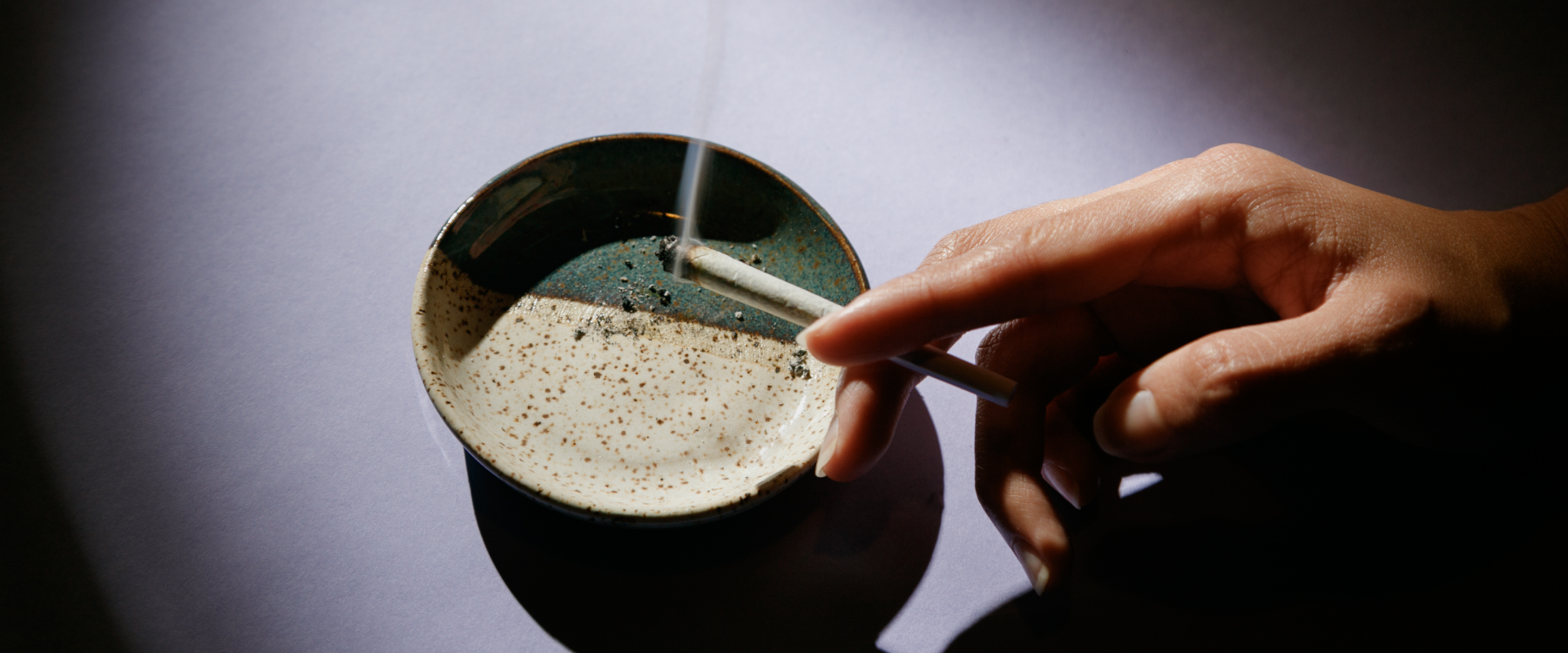
Pre-rolls come in all shapes and sizes, and for the most part, one’s choice comes down to personal preference. They can be short or long, skinny or fat, tapered or straight – there’s a size for everyone. Most pre-rolls are offered in either 0.5 or 1.0 gram sizes, in packs of one, three, or five. The different sizes and formats allow adults to control portions, and only smoke as much as desired in a single sitting. Never feel pressure to smoke more than you need.
Did you know
A sleek, tapered pre-roll offers the advantage of a narrow cherry (the burning end of a lit joint), which will produce less smoke than a fatter joint, delivering a cleaner flavour in each pull. Plus, pre-rolls with a narrow circumference lose less THC into the air and will burn more slowly.
Before sealing the joint, a recyclable cardboard filter (aka a ‘crutch’) is inserted into one end. The inner folds may resemble shapes such as a swirl or a zig-zag. Not only do these filters provide structure and support for the joint, but they reduce the amount of tar and crumbs of plant material that may otherwise be inhaled. That small amount of thin cardboard allows one to smoke the entire joint without wasting a single morsel (and without burning one’s fingers).
Pre-rolled joints can be sealed in a number of ways, usually with a flat fold, or with a twist. To some, a fold is clean and compact, while a twisted end seals a joint tight and acts as a convenient wick. The durability of the chosen closure is sometimes overlooked, with some customers reporting that pre-rolls sealed with a fold are prone to coming undone, spreading precious debris throughout a box or tube.
Environmental sustainability is another factor when choosing a pre-roll. The rolling papers themselves can be made of wood pulp, flax, rice, or hemp, and can be bleached (white) or unbleached (cream or brown). The papers may also be organic or vegan.
Did you know
In order to reduce the inhalation of chemicals or paper materials, consider pre-rolls made with the most unprocessed and thinnest papers possible, which also preserve the natural flavour of the cannabis.
When choosing a pre-rolled joint, Canadian consumers certainly have a variety of choice. Thoughtful and responsible experimentation will guide the way. And don’t forget, when smoking a pre-roll, especially a new product for the first time, always follow the golden rule: start low and go slow – select products with low THC and equal-or-higher CBD, and try one puff and wait fifteen minutes to see how you feel before continuing. Relax, and enjoy responsibly.
